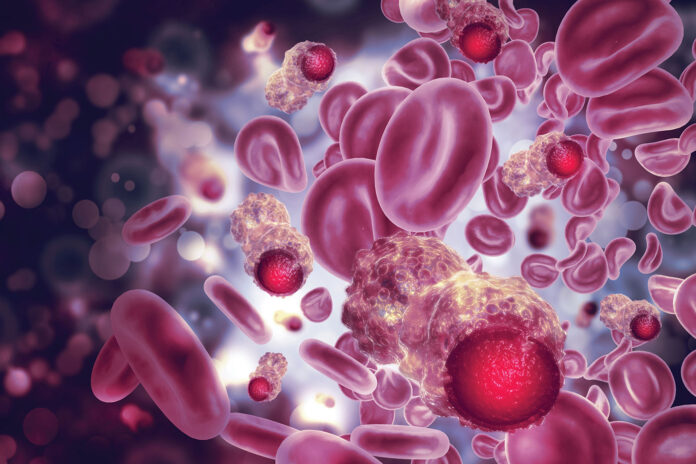
A team of researchers lead by the Harvard Medical School has developed a new cancer diagnosis tool that merges structural details with molecular information about tumors allowing pathologists to identify biological markers of the disease, potentially improving cancer diagnosis and treatment.
For centuries, one of the most prevalent and trustworthy tools used by pathologists to diagnose various cancers has been histology—examining ultra-thin tissue slices under the microscope in order to look for signature patterns of the disease. Despite having established itself as an accurate and reliable method of diagnostics, scientists have now found a way to optimize the technique.
Reporting in Nature Cancer, researchers have now developed a new diagnosis tool known as Orion, consisting of a digital imaging platform that integrates the information gained from histology analysis using a stain known as H&E with details obtained from molecular imaging using immunofluorescence of a tumor sample.
“This work is a critical next step for taking the principles about tumor features that we are developing in the research space and turning them into a tool that is actually useful in the clinic,” said Sandro Santagata, an HMS associate professor of pathology at Brigham and Women’s Hospital and co-senior author of the paper.
“Orion fully merges the two modalities, so that you can go back and forth on a single slide and say, OK, I see that feature in H&E, and now I can figure out what molecular markers are also present. It’s remarkable.”
For their study, the scientists used Orion to analyze tumor samples from over 70 patients with colorectal cancer. According to the researchers, the technique accurately provided complimentary histological and molecular information about each tumor sample and identified biomarkers such as PD-L1 or α-SMA, common in patients with serious forms of the disease.
Based on the results, the team is hoping that, as well as recognizing existing ones, the tool might be able to identify new biomarkers of the disease based on the molecular and structural characteristics of the sample.
“This platform gives you an ability to search across the biomarker space for a wide range of combinations of markers that could be useful and select the ones with the best performance for a particular measure,” Santagata explained. “We feel like we have a tool kit now that will allow us to find these in a relatively rapid manner across cancer types.”
While Orion is still in the early stages of development, the scientists believe that their results provide proof of principle that this method could be used for cancer diagnosis in the clinic. As a next step, the team is planning on testing Orion in other cancers such as lung cancer and melanoma, potentially moving beyond cancer to conditions such as kidney- and neurodegenerative disease.
“The future of diagnostic pathology is digital, and this work could not only transform how clinicians diagnose cancer, but also change how we train the diagnosticians of tomorrow,” concluded John Aster, deputy chair of pathology at Brigham and Women’s and co-author of the study in a press statement.










